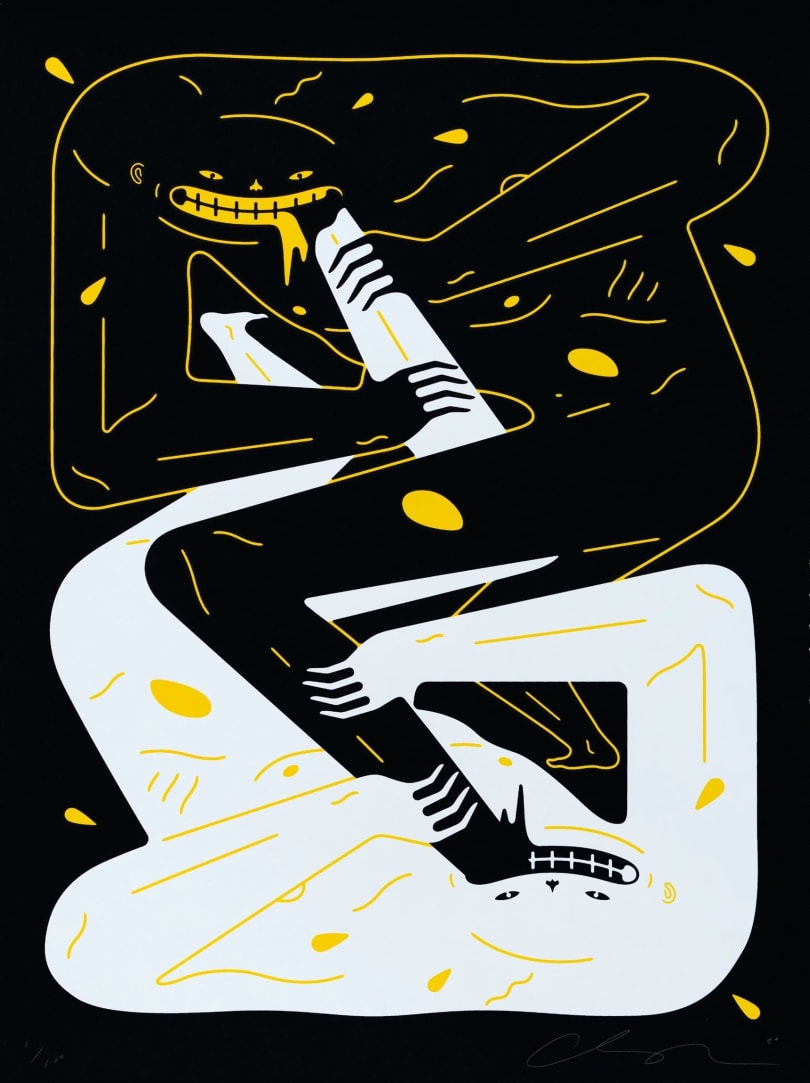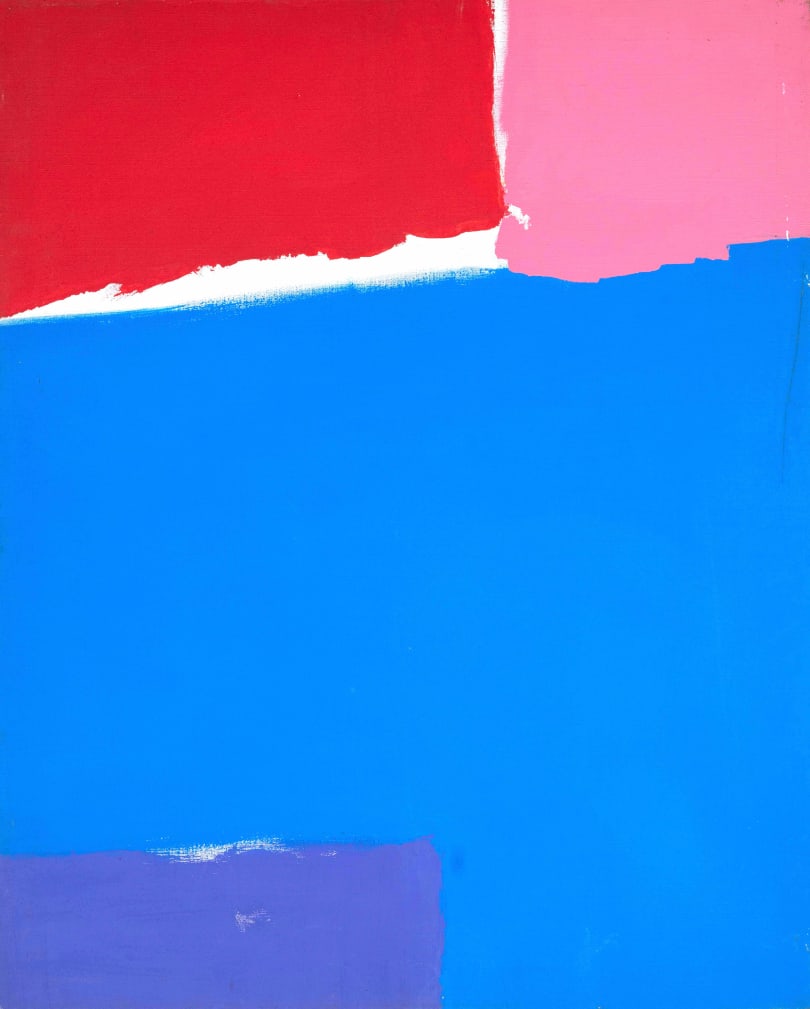
Artwork information
Category
PaintingTechnique
Gouache on paperDate
1929Dimensions
50 cm x 37 cmDimensions with frame69 cm x 55.5 cm
Signature
Signed upper rightState of conservation
Very goodFraming
YesLocation
Toulouse, FranceDescription
Very nice abstract gouache by Ismael de la Serna. Work signed in the upper right corner and dated 1929. Ochre colors.
Originally from Granada, Spain, Ismael de la Serna developed, from the 1920s, a work that crossed the formal inventions of expressionism, cubism and symbolism. He painted Europe in 1935, in the troubled period preceding the Spanish Civil War. The work shows a hallucinated and prophetic vision of the future of a Europe enslaved and threatened by disaster. A significant part of his work, which was kept in the Flechtheim Gallery in Berlin, was destroyed by the Nazi regime.
Framed in light wood and white passe partout in perfect condition. Dimensions at the sight : 50 x 37 cm - Dimensions with frame : 69 x 55,5 cm.








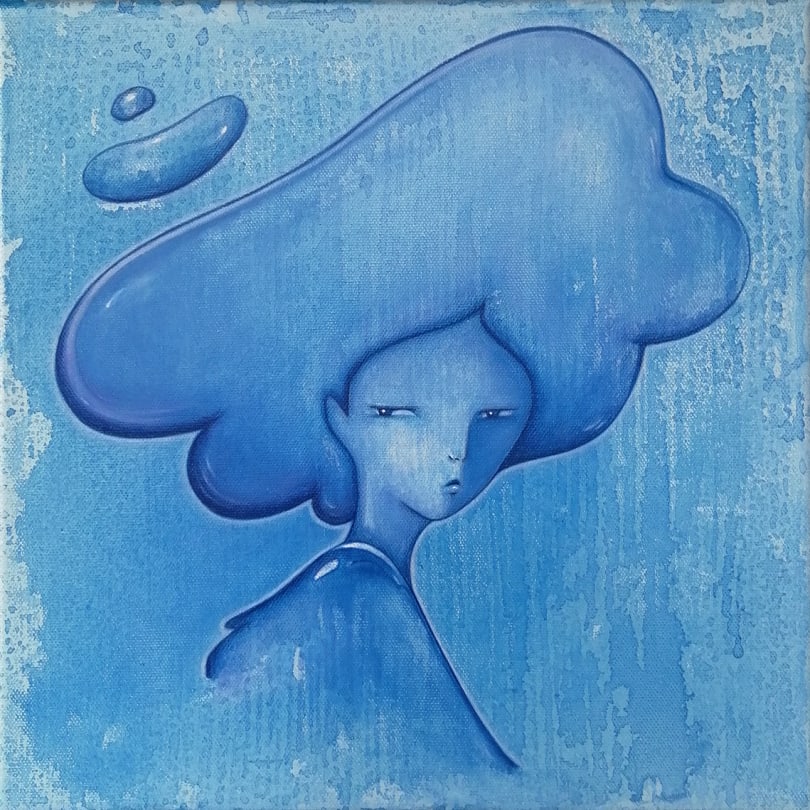



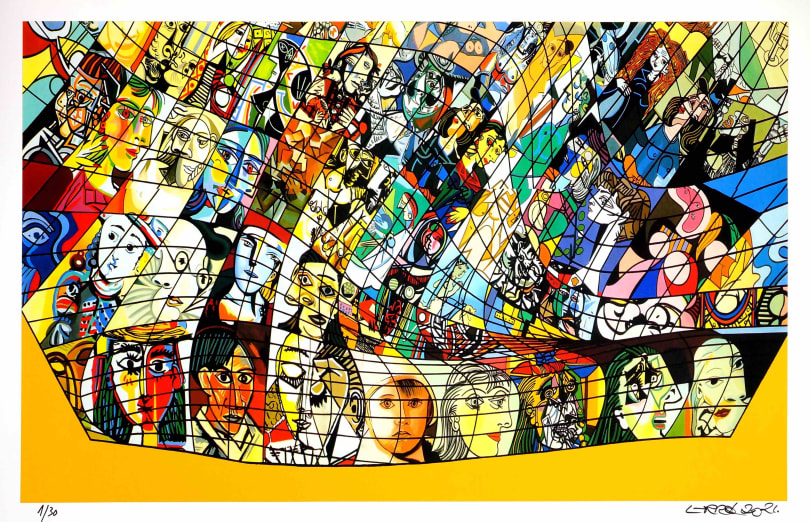
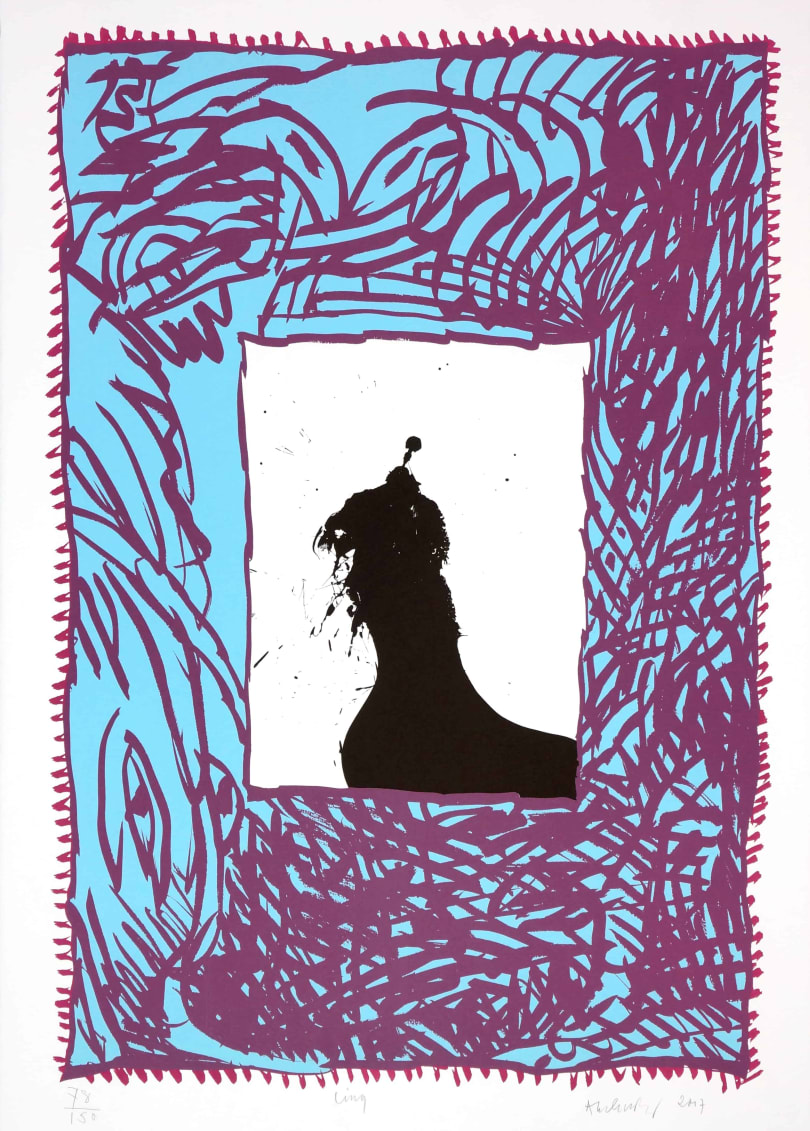







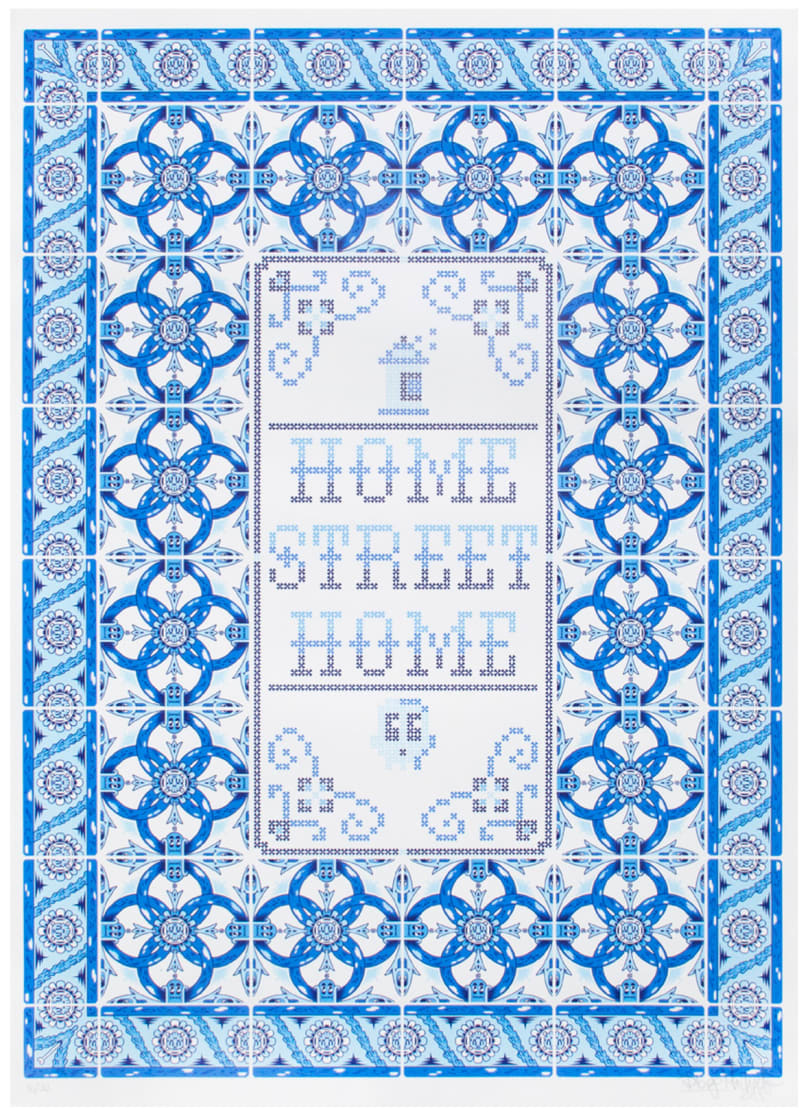



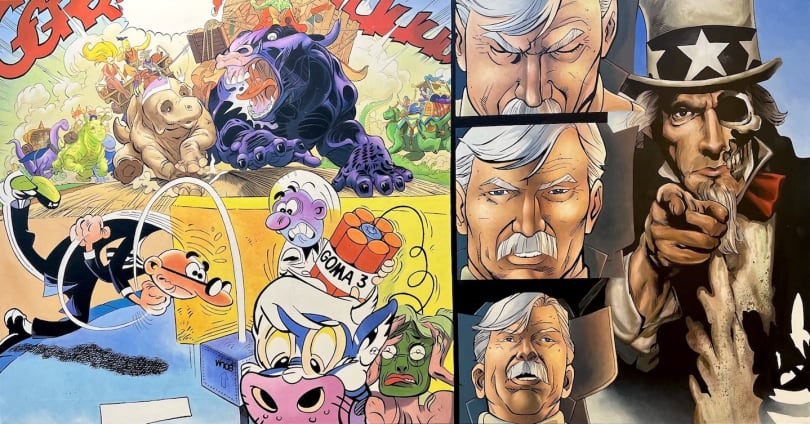


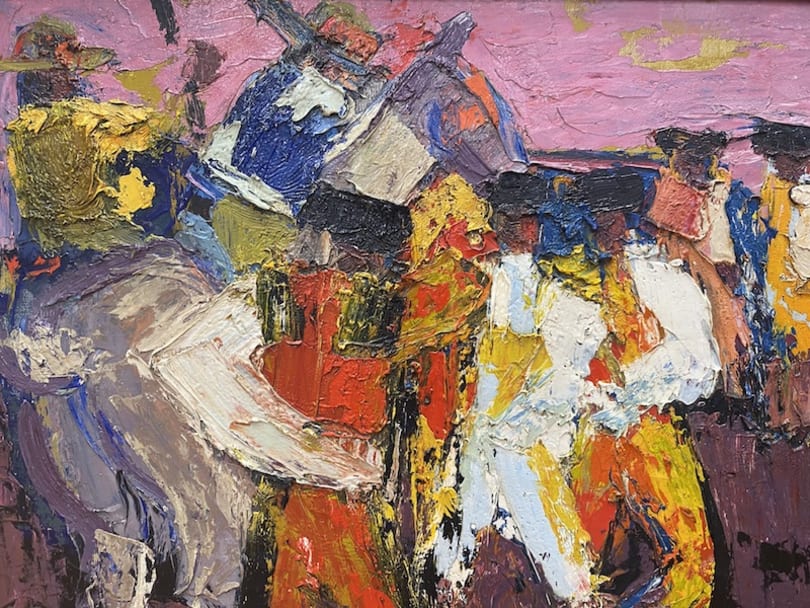
.jpg)


.jpg)





